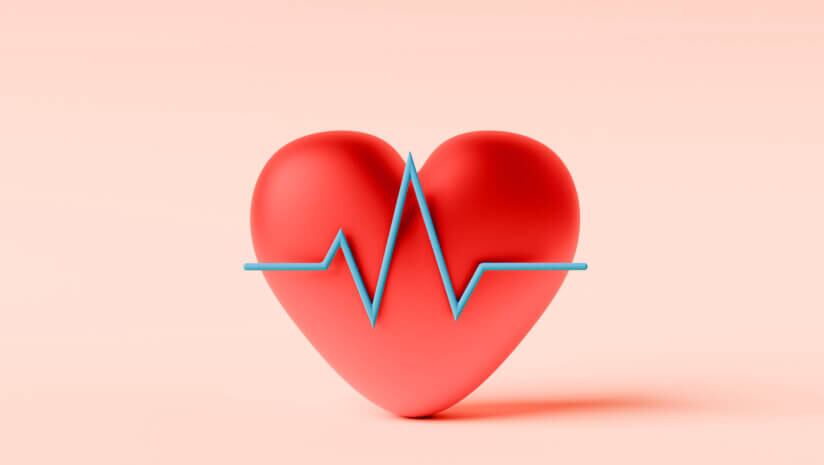To explore this relationship, researchers from Nankai University and the People’s Hospital of Chongqing Liangjiang examined health and nutrition records from 39,372 participants in the National Health and Nutrition Examination Survey (NHANES), collected between 2003 and 2018.
“Emerging research suggests that selenium may have anti-thrombotic properties by influencing platelet function and coagulation factors,” the Chinese researchers wrote in the journal Scientific Reports.
They emphasized the need for further investigation to clarify the link between dietary selenium intake and cardiovascular disease, adding that future studies could help define optimal selenium levels for cardiovascular health.
Essential for biological functions
It is estimated that 86 million people in the United States experience some type of cardiovascular disease, responsible for nearly 46% of non-communicable disease-related deaths globally. Hypertension, diabetes mellitus, hyperlipidemia and lifestyle choices such as smoking, physical inactivity and over consumption of processed foods are risk factors for the disease.
Selenium, an essential micronutrient, is a trace element found in foods including grains, nuts, seafood, red meat and dairy products. Selenium deficiency affects the ability of cells and tissues to produce enough selenoproteins, essential for various biological functions.
“Approximately 80% of dietary selenium is effectively absorbed,” the researchers noted. “Given this, evaluating the risk of CVD based on selenium intake from dietary sources seems to be a more practical and meaningful approach.”
Although some studies have shown that selenium reduces the risk of kidney stones or rheumatoid arthritis and arthritis, others do not show strong health improvements. The researchers cited one Brazilian study in adolescents that found no relationship between selenium intake and cardiovascular health benefits.
Study details
The NHANES survey data, collected over two-year intervals, included information about dietary selenium consumption as well as detailed information about cognitive heart failure, coronary heart disease, atherosclerotic cardiovascular disease, heart attack, angina and stroke, among other cardiovascular conditions.
Information was obtained through 24-hour dietary recall interviews, first at a mobile examination center and then via telephone interviews up to 10 days after the initial inquiry. The University of Texas Food Intake Analysis System and the U.S. Department of Agriculture Survey Nutrient Database were used to assess selenium consumption.
Household interviews conducted assessed age, gender, race, educational levels, family income-to-poverty ratio and alcohol consumption history. The researchers calculated body mass index, and participants were classified as either normal weight, overweight or obese.
The analysis showed that overall prevalence of CVD was 8.57%, and this prevalence decreased as dietary selenium intake increased across the groups studied.
In the Tertile 2 model, which corrected for age, gender and race, there was an inverse association between dietary selenium intake and the likelihood of CVD.
“In the fully adjusted models, Tertile 2 of dietary selenium intake showed a 16% reduced risk of CVD,” the researchers explained. “However, this association was not significant for the highest tertile of dietary selenium intake.”
Participants in the highest dietary selenium intake tertile, however, exhibited a reduced risk of stroke, congestive heart failure, congenital heart disease, atherosclerotic cardiovascular disease (ASCVD), heart attack and angina compared to those in the lowest tertile.
“Subgroup analysis and interaction tests revealed that the association between dietary selenium intake and CVD risk remained consistent across gender, age, BMI, DM and hypertension status,” the researchers wrote.
“However, notably, the inverse association between dietary selenium intake and the risk of ASCVD was significantly influenced by hypertension status. These findings suggested that clinicians should prioritize monitoring and managing dietary selenium intake, especially in patients at risk for CVD.”
Source: Scientific Reports. doi: 10.1038/s41598-025-97867-7. “Association between dietary selenium intake and the risk of cardiovascular disease in US adults: a population-based study”. Authors: Dan Liang et al.


